gentry1242
TPF Noob!
- Joined
- Oct 22, 2009
- Messages
- 21
- Reaction score
- 0
- Location
- Houston
- Can others edit my Photos
- Photos OK to edit
The newer Nikon cameras have 1,005 or 420 area RGB color information in their light metering, and have color-aware focusing, color aware light metering, and measure distance to the subject, and are from the company that invented multi-area, computer-analyzed light metering back in 1984 with the Nikon FA. Most other companies field entire lineups of cameras are color-blind,and can only measure simple reflectance values. Most other companies have d-slr bodies that do not have the automatic D-Lighting ability, which is in-camera tone mapping of the data, based on simple measurements like "oh, that big area is blue and is in to top sector and has interspersed bits of bright,irregularly shaped white objects and is at Infinity--that must be a blue sky with white clouds," and "small, round orb displaying at +10 EV over main exposure=bright sun in image, upper top left", and then measuring the entire bottom 3/4 of the frame as being EV 12 with lots of green grass a the bottom...along with two Caucasian heads, recognizable by computer simply due to their flesh tone RGB range readings, and the fact that the focus is locked on one of them with a left hand side AF point at 10 feet. TO a computer with a 100,000 + photo database, plus several really obvious clues like focus point and distance, green and blue expanses, this scene is a dead-simple one for a Nikon D90's computer to process.
When people who shoot color-blind cameras withiut D-Lighting image analysis and they flick you sh*+ about using in-camera JPEG's ability to color-analyze the data better than automatiic color print making machines were able to do over their 35 year development cycle, simply smile and continue enjoying the benefits of a very modern,advanced d-slr with a metering and image processing system that the other companies have been unable to figure out how to implement.
It's all quite simple,and it's why the very newest Nikon cameras have s many happy, satisfied customers. Better metering, with color awareness, and in-camera tone mapping of sensor data based on both reflectance and color and distance JPEG. This tech was invented by Nikon in 1984, had major upgrade by 1995 with the F5, and has been getting better rapidly since 2007. D-Lighting is in effect, "curves in photoshop", plus hand-done black point setting and white balance evaluation and contrast fine-tuning.
Older Nikon cameras do not produce the same types of OOC JPEGS however. So, to answer your question, NO a RAW will not necessarily give you the same type of image you can get from a directly made JPEG in your D90; unless you have a good deal of post processing skill, you very well might NOT be able to make a final image as good as the D90's advanced metering and D-Lighting can make. Why? Nikon's engineers know the sensor and the imaging system parameters very well,and the D90 has been designed to be sort of their ultimate amateur's d-slr camera. Like, with the Noise Reduction enabled, the D90 will determine how much NR is needed at varying ISO settings--you as an 'end user' might go overboard. Try shooting RAW + JPEG in extreme or critical situations, and see for yourself if you can do better with the RAW than the camera's JPEG processing software. Chances are, unless you're very skilled, the OOC image might look better.
When someone uses the Nikon View NX to convert the image to jpeg, doesn't it use the same "technology" as the camera would use to make the conversion via software?


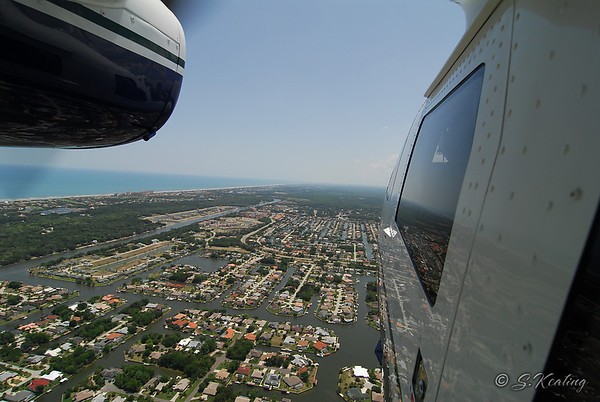
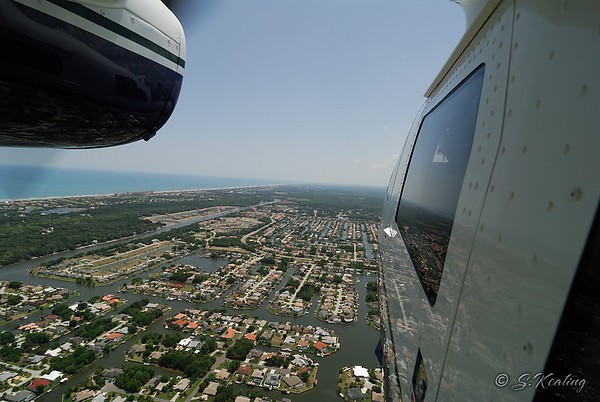
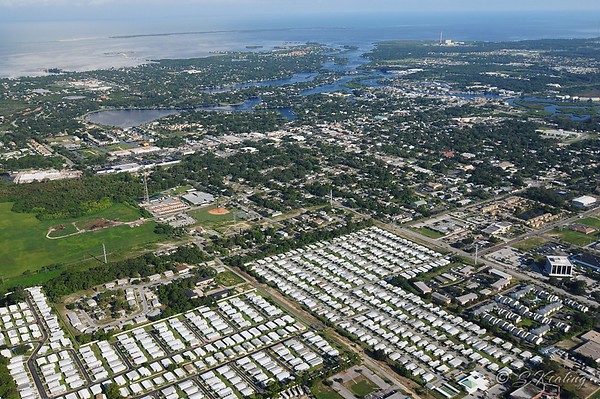
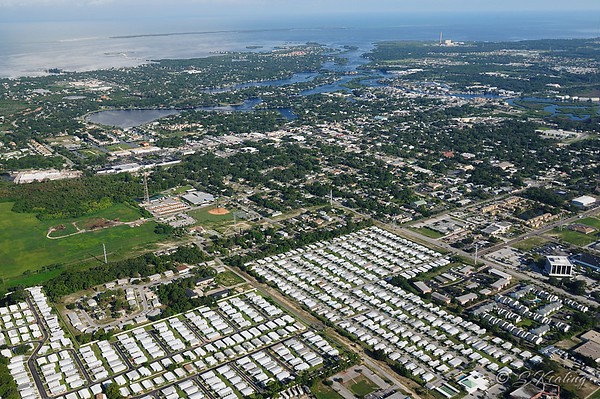
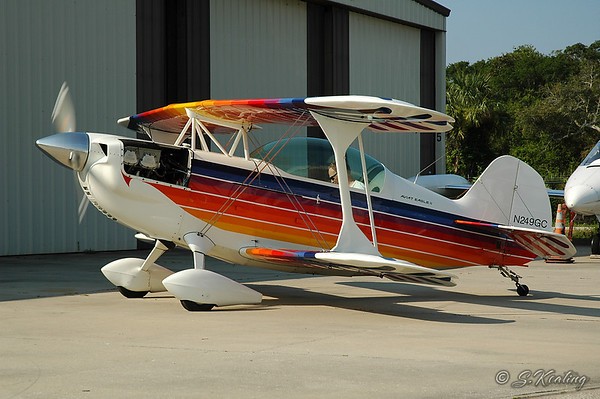
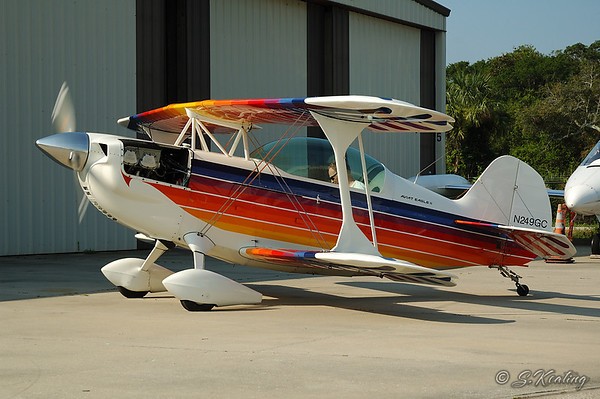
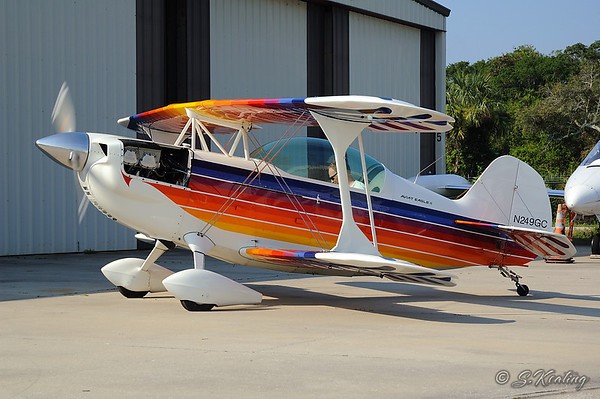



![[No title]](/data/xfmg/thumbnail/32/32984-d9969dc997f82365b4d1f097cb5838c3.jpg?1734162939)




![[No title]](/data/xfmg/thumbnail/42/42453-e95056d39ba6f0ce0e7a7fff81041853.jpg?1734176993)

![[No title]](/data/xfmg/thumbnail/37/37602-1ef8dbb1c2d0e4ff347ee65d328c3603.jpg?1734170730)


![[No title]](/data/xfmg/thumbnail/37/37603-739c5d9b541a083a12f2f30e45ca2b7b.jpg?1734170731)